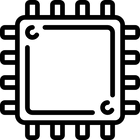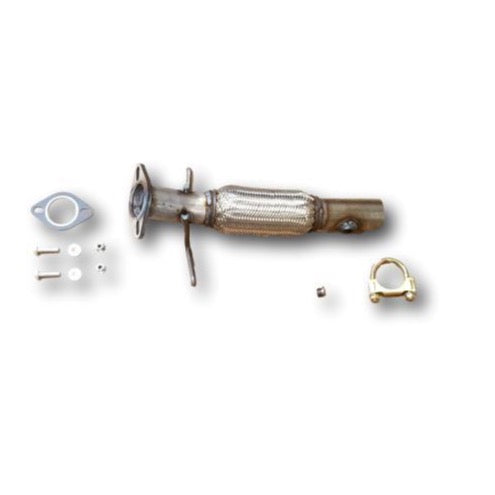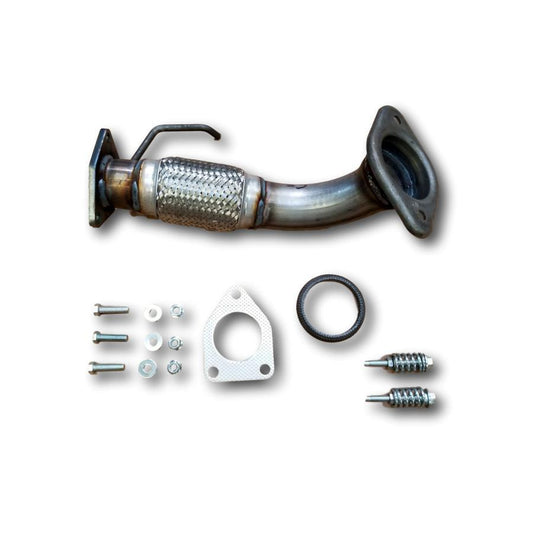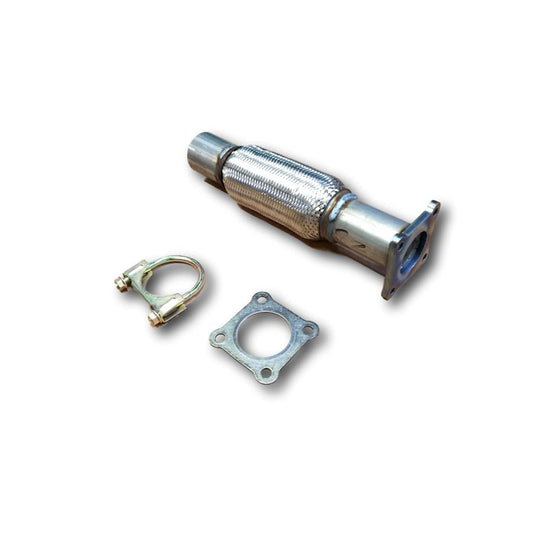
Your Catalytic Converter Installation & Break-In Guide

Step 1: Check Your Service Manual
- Every vehicle has unique installation requirements—verify torque specs and proper procedures.
- If you're unfamiliar with catalytic converter installation, consult a qualified technician to avoid mistakes.

Step 2: Diagnose & Fix Any Issues Before Installation
- A failed catalytic converter is often caused by underlying problems, such as:
✅ Faulty oxygen sensors
✅ Engine misfires
✅ Fuel mixture issues (too rich or too lean)
✅ Oil or coolant leaks into the exhaust - Fixing these issues is crucial—otherwise, your new converter may fail prematurely!

Step 3: Avoid Incorrect Sealants
🚨 DO NOT use silicone-based or Teflon sealants!
- These materials can outgas at high temperatures and damage oxygen sensors.
- Use manufacturer-approved gaskets for proper sealing.

Step 4: Install the Catalytic Converter Properly
- Ensure proper alignment with the exhaust system—misalignment can lead to leaks and rattling.
- Secure all bolts, clamps, and brackets evenly and to the correct torque specs.
- Double-check for exhaust leaks before moving on to the next step.

Step 5: Break-In Process (MUST-DO!)
🚗 A proper break-in cycle is required to activate the converter’s internal materials and prevent failure.
- 📌 Step 1: Start Your Engine
DO NOT press the accelerator—let the engine start naturally. - 📌 Step 2: Idle the Engine
Let the engine warm up for 5 minutes at idle speed. - 📌 Step 3: Increase Engine Speed to 2,500 RPM
Slowly press the accelerator until you reach 2,500 RPM.Hold it steady for 2 minutes to stabilize the catalytic materials inside. - 📌 Step 4: Let the Engine Cool Down
Turn off the engine and allow the system to cool naturally before driving. - 📌 Step 5: Perform a Test Drive
Drive normally for 30 minutes, avoiding:
❌ Hard acceleration
❌ Excessive idling
❌ Sudden stops
🚨 Skipping this process may result in premature failure of your new converter!

Step 6: Reset the ECM & Drive Cycle
- Your vehicle’s Engine Control Module (ECM) needs to recognize the new converter.
- Follow your vehicle manufacturer's guidelines for a drive cycle to reset engine codes.

✅ Final Step: Road Test & Inspection
- Check for engine warning lights, unusual sounds, or exhaust leaks.
- Your vehicle should now have improved emissions performance & efficiency!
Shop Items You May Like
-
Mazda 3 Converter Flex Repair Pipe 2004-2009
Regular price $119.00 CADRegular priceUnit price / per$189.00 CADSale price $119.00 CADSale -
Honda Accord 08-12 exhaust flex pipe 2.4L 4cyl STAINLESS STEEL
Regular price $119.00 CADRegular priceUnit price / per$219.00 CADSale price $119.00 CADSale -
VW Rabbit 2.5L converter flex repair pipe 06-09 , STAINLESS STEEL
Regular price $99.00 CADRegular priceUnit price / per$159.00 CADSale price $99.00 CADSale -
Nissan Altima 2007 to 2018 BANK 2 rear catalytic converter 2.5 4cyl
Regular price $229.00 CADRegular priceUnit price / per$329.00 CADSale price $229.00 CADSale




